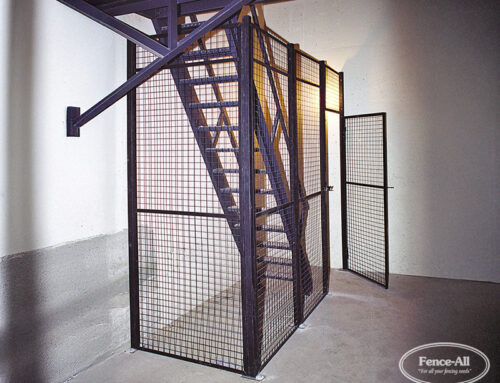Installing a fence can be an excellent way to add privacy and security to your property. However, it’s not a decision to rush into. Some things to consider:
1. Purpose of the Fence
The first step is to clearly define why you want a fence. Are you looking to:
- Enhance privacy?
- Keep children or pets safe?
- Increase security?
- Add value to your property?
- Mark property boundaries?
Understanding your primary goals will guide your choices in materials, height, and design.
2. Local Regulations and HOA Rules
Before installing a fence, check your local by-laws, building codes, and homeowners’ association (HOA) regulations. The rules can dictate:
- Maximum fence height
- Approved materials and colors
- Setback requirements (how far the fence must be from property lines or streets)
Failing to comply with these regulations can lead to fines or the need to modify or remove your fence.
3. Budget
Fencing costs can vary widely depending on the material, height, and length of the fence. Common materials include:
- Wood: A classic choice, offering versatility but requiring regular maintenance.
- Vinyl: Durable and low-maintenance but typically more expensive upfront.
- Chain Link: Affordable and functional, though less private and stylish.
- Iron: Long-lasting and elegant but does not offer much privacy.
Factor in not just the installation costs but also long-term maintenance and potential repairs.
4. Design and Style
Your fence should complement the overall aesthetic of your home. Consider:
- Height: Taller fences provide more privacy but may feel imposing.
- Color: Neutral tones tend to blend well with most landscapes.
- Style: Options range from picket fences for charm to sleek, modern designs for a contemporary look.
Take time to browse designs online or in your neighborhood for inspiration.
5. Neighbour Considerations
If your fence will run along shared property lines, it’s courteous and sometimes necessary to discuss your plans with your neighbors. They may have preferences or concerns about the height, style, or placement. In some cases, they may even be willing to share costs.
6. Professional Installation vs. DIY
Decide whether you want to hire a professional or tackle the project yourself. While DIY can save money, professional installation ensures the job is done correctly, especially for complex designs or challenging terrains. Professionals are also familiar with local regulations and can help you avoid costly mistakes.
7. Maintenance Requirements
Some fences require more upkeep than others. For instance:
- Wood fences need staining or painting every few years.
- Vinyl fences require occasional cleaning but no painting.
8. Future Plans
Think about how your new fence might impact future landscaping or property updates. For instance:
- Will it obstruct views you plan to enhance?
- Will you need to remove or modify it for a future project, like adding a pool or driveway extension?

“For all your fence, deck, and railing needs”







